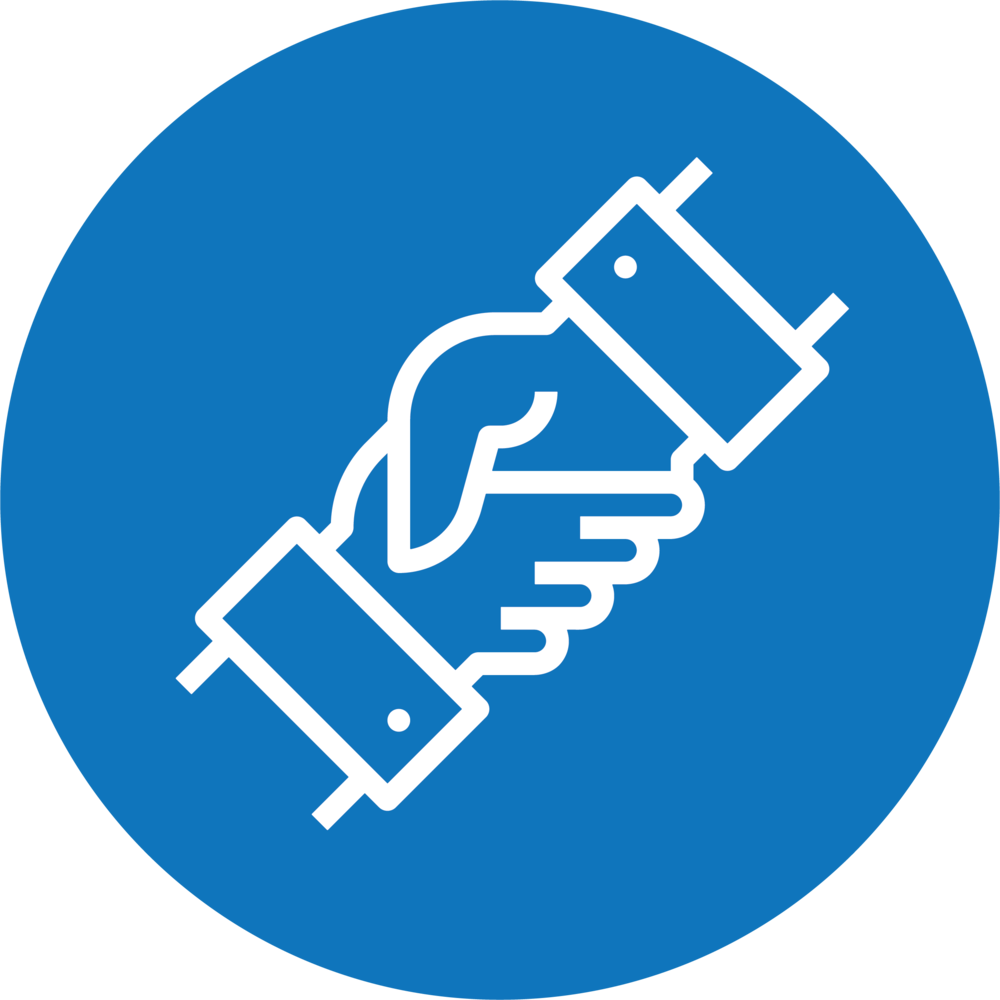Top 5 Advantages of Agile Methodology
Discover the top 5 advantages of agile methodology, including better product quality, customer satisfaction, and reduced project risks.

Everyone in the software development industry knows agile. Most development companies advocate it and there are hundreds of articles on the implementation of agile methodology and its advantages over the waterfall method.
So, what exact benefits does agile methodology bring to a business and why should you consider it? This article will shed some light on the issue.
Agile: definition and comparison to the waterfall
To fully comprehend the benefits of agile methodology, we need to define what exactly it is and how it differs from the waterfall approach.
Agile means an iterative and incremental management method that implies breaking down the development process into scheduled sprints. Each sprint contains a list of deliverables defined by the client. These deliverables are prioritized per their business value and new deliverables can be added at any stage of the project. For businesses looking to effectively implement Agile practices, collaboration with experienced IT outsourcing partners like SoftTeco can be instrumental in achieving desired outcomes.
The waterfall model, in turn, is a traditional approach with defined development stages. The next stage cannot be started until the previous one is completed and all QA tests are performed after completing the development stages.
Due to the flexibility of agile, it might seem that the method is a bit confusing and is not so well-organized as the waterfall model. However, the agile methodology contains well-defined policies and guidelines (like scrum) that ensure a smooth development process and keep it within the deadlines and project requirements.
But flexibility is not the only reason why development companies over the world prefer agile over the waterfall. There are several more valid reasons for such popularity – scroll down to find out.
Better product quality
As said above, the agile methodology implies continuous development and testing – in fact, agile development requires an agile QA process. This means the testing is ongoing throughout the development process and every detected bug or error is immediately fixed. Agile QA also implies heavy use of automated testing tools which saves lots of time for QA engineers and helps to detect errors in a faster and more efficient way.
Another important aspect that contributes to product quality is the fact that agile implies holding regular and daily meetings where all project and sprint aspects are discussed between the team and stakeholders. This allows paying attention to all issues and minimizes the chances of missing anything important.
Customer satisfaction
The high quality of the product leads to happy customers so this is one more benefit of agile. Not only does this methodology ensure that the project functions as intended and needed, but it also allows tweaking the project throughout the development process and adjusting it following the users’ needs.
As for the client, the ongoing communication with the development team ensures that the client always stays aware of the project status. There can be daily and weekly meetings with sprint reviews, scheduled reports, and Skype calls – anything that the client prefers. In this way, the project becomes more transparent and all parties involved are informed about every aspect of the project. Therefore, the chances of an unexpected issue are minimized and the client is more satisfied with the project results as he constantly stays informed about the results and progress.
Better control over the project
The increased transparency of communication and the holding of regular meetings makes it much easier for both stakeholders and development team members to control the project.
With the agile method, stakeholders are always aware of any changes in the project and they always know which feature is currently under development. This allows the client to constantly compare the product to the market needs and immediately propose any changes if necessary.
As for the development team, regular review of the project phases and careful work planning allows everyone to stay on the same page and be aware of whom to address for a specific issue or question. This also contributes to better teamwork and mutual understanding.
Reduction of potential risks
Because the agile methodology implies continuous testing, this approach significantly minimizes the chances for a product to fail in terms of functionality. Agile QA also means that QA engineers closely collaborate with developers and BAs, meaning all team members pay attention to the project and how well it functions and corresponds to the requirements.
The opportunity to change the product at any time and adjust it to the market needs allows the client to release the product that fully corresponds to the customers’ interests and demands. Therefore, the agile methodology also helps minimize the potential financial losses in terms of the product’s profitability.
Accurate project metrics
Metrics such as project cost, delivery deadlines, or performance KPIs help both stakeholders and the team to make accurate and data-based decisions about the implementation of new features, overall project budget, hiring new team members, and other relevant issues. The agile methodology offers more accurate and informative metrics due to several reasons.
First, every team can establish its performance metrics depending on the team’s capabilities and knowledge. These metrics can further be refined and adjusted as the project unfolds. Second, by using the sprint burnout chart, team managers can always provide updated and regular metrics on the team’s performance during the past sprints. Obviously, the client can always monitor the project’s spending, evaluate future costs, and adjust the budget correspondingly.
Final thoughts
The agile methodology is great for both short-term and long-term projects and brings many benefits both to the client and the service provider. Despite its seeming ease, this methodology calls for careful planning and organization.
It’s best if you can assign a scrum master to your project so they can keep everything under control and in full correspondence with scrum practices which are an integral part of agile development.






